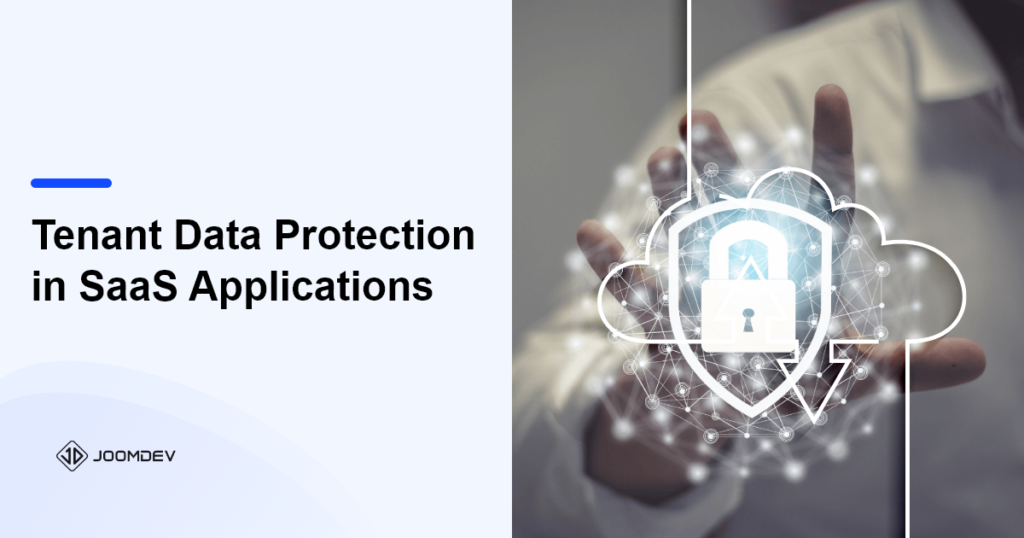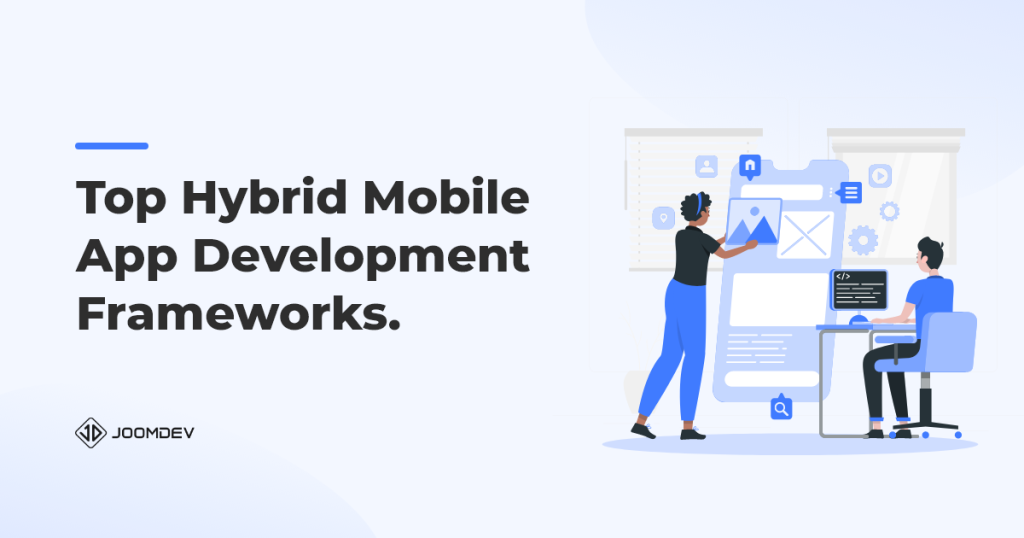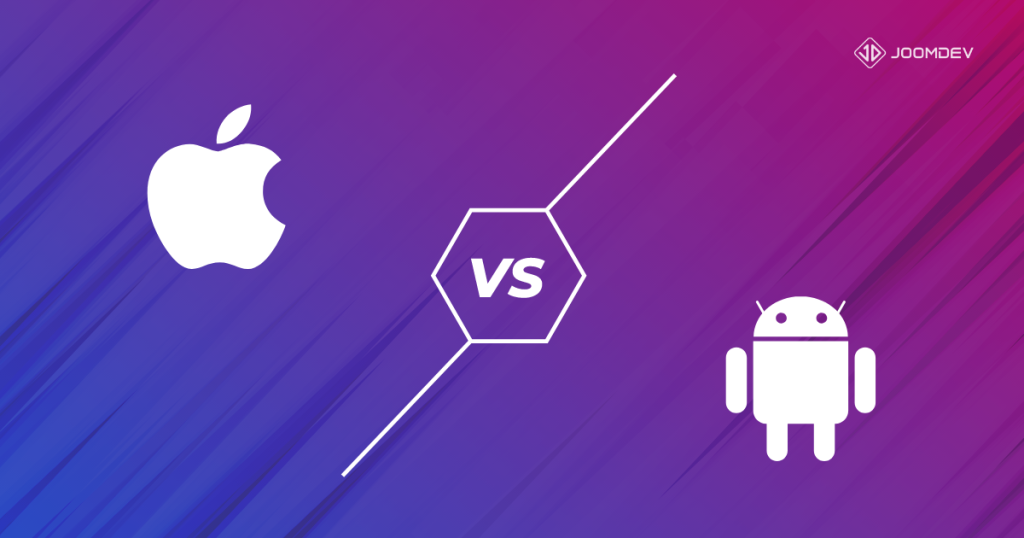“Hello, valued customer! Your data has been breached, and our IT support team requires you to provide your user account name and password for us to save your data from getting deleted.”
“Attention, my dear,
I am a Nigerian Prince that is in peril. I need to transfer my $15 Million out of the country and urgently need your assistance.
I need your bank account number to transfer money for safekeeping, and for your trouble, I will give you $2.3 Million. Please respond soon.”
Look familiar? Have you also been contacted by a Nigerian Prince? More common these days, a Ukrainian businessman or U.S. soldier stationed abroad?
You’re not alone, and this is yet another way to accidentally get customers to share their security data with scams. If you are in the SaaS business, you must know how to protect your tenants from such breaches.
Scams are one challenge you will face as a business, but there are more security measures you need to take to protect tenant data.
Data security has become more critical than ever with the rise of Software as Service applications or SaaS. Businesses must know the risks of storing tenants’ data in cloud-based software solutions.
We’ll introduce some of the best practices and tools that can help protect customer data from potential threats.
What is Tenant Data Protection?

Let’s start with the basics. Tenant Data Protection is a concept that pertains to the protection of any information or data that tenants provide, such as credit card information, social security numbers, and other personal identifiers.
Tenants have the right to privacy regarding their contact information, financial records, and personal habits. Landlords must safeguard tenant information and ensure it is adequately protected.
Tenants should know how to protect their data and understand how their information is used. Tenants must also be informed of any changes made to security systems or practices and have access to any data collected about them.
As a SaaS business, you become the landlord. Landlords have the responsibility to protect the data they get and comply with all relevant data protection regulations. This includes state and federal laws about tenant privacy and the storage of sensitive information. They must also be diligent in their approach to security, making sure to update systems regularly and take steps to prevent unauthorized access.
Why Data Protection is Essential for SaaS Applications
Data protection is essential for SaaS applications because it helps to protect customer data, maintain trust and confidence, and ensure compliance with relevant regulations. Data protection measures help to keep customer data safe from unauthorized access, malicious attacks, and other security threats. One must know the essentials, from how to keep tenants secure, to tenant isolation in SaaS, and actual data protection in your applications.
If data protection for SaaS applications is not implemented correctly, there are several risks involved (and no, it’s not only the Nigerian Prince scam your tenants become susceptible to):
- Unauthorized access to tenant information could lead to financial losses or reputation damage for the landlord.
- Confidential or sensitive tenant data may be exposed if not adequately protected.
- Cybercriminals could exploit weaknesses in security systems to gain access to customer information and use it for malicious purposes.
- Landlords can be held liable if they fail to meet legal requirements related to data protection.
- Tenants may sue landlords if their private information is compromised due to inadequate security measures.
Data protection also helps businesses comply with relevant regulations, such as the General Data Protection Regulation (GDPR). GDPR sets out strict requirements for storing and handling customer information and requires businesses to implement appropriate technical and organizational measures to protect personal data. By ensuring that their SaaS applications comply with GDPR, companies can avoid penalties or fines associated with non-compliance.
Finally, data protection is essential for SaaS marketing because it helps to improve customer experience. Customers are more likely to continue using the application or software when they feel confident that their information is securely stored and managed. This can improve customer satisfaction, repeat business, and higher profits.
Best Practices for Securing Your Tenant Data

Securing tenant data is essential for maintaining tenants’ privacy and ensuring their information remains safe. Best practices for obtaining tenant data include physical and digital security measures and compliance with relevant regulations. Here’s more:
1. Understanding the Basics of Data Security for Landlords
Data security is essential for landlords to protect the data of their tenants and ensure compliance with relevant regulations. There are several basics of data security that landlords should understand, including physical security measures, digital security measures, and compliance with applicable laws.
Physical security measures can include:
- Locking doors
- Using burglar alarms
- Installing video surveillance systems
- Monitoring access to building areas
Digital security measures can include:
- Firewalls
- Antivirus software
- Encryption technology
- Access control systems
- Regular updates to software programs
Additionally, landlords should ensure that any third-party software used to store or collect tenant data is secure and up-to-date.
2. Adopting a Multi-Layered Security Approach
A multi-layered security approach is a comprehensive strategy for protecting data and systems. This approach involves using multiple layers of protection, such as physical and digital security measures and compliance with applicable laws, to ensure that data is secure and safe from malicious actors.
Here are the steps you can take to apply this kind of approach:
- Encrypt Data: Utilizing encryption is one of the most effective ways to protect data while in transit or at rest. Landlords should ensure that any data stored on their network is encrypted and only accessible with the correct authentication credentials. Cloud storage services with built-in encryption features are a great option to add an extra degree of security to important data. Furthermore, frequently backing up encrypted data to cloud storage can help landlords in preventing data loss in the event of a security incident or system failure.
- Use a Virtual Private Network (VPN): VPNs create secure connections between two or more networks, allowing users to access data as if they were directly connected to the internal network. This provides a layer of security for landlords by protecting against malicious actors trying to intercept sensitive data across public networks.
- Install Firewalls: Firewalls are software programs that block unauthorized access from outside sources while allowing authorized users access to specific applications or resources. Installing a firewall on the landlord’s network can help protect against malicious attacks and unauthorized access to tenant data.
- Implement Access Control Protocols: Landlords should implement proper access control protocols to ensure that only authorized users can access certain parts of their network. This could include setting up individual user accounts and assigning permissions based on user roles, restricting external access, and encrypting sensitive data.
- Regularly Update Systems: Outdated Software or hardware can be vulnerable to security breaches as hackers may have already discovered weaknesses in out-of-date systems. Landlords can keep their networks secure from potential threats by regularly updating their plans with the latest patches and updates.
Digital security measures can include firewall as a service (fwaas), antivirus software, encryption technology, access control systems, and regular updates to software programs. Additionally, landlords should ensure that any third-party software used to store or collect tenant data is secure and up-to-date.
3. Managing User Authentication and Access Control
To protect tenant data effectively, user authentication and access control are two essential aspects of data security that landlords should understand and manage. User authentication is verifying a user’s or system’s identity before allowing them access to sensitive information. In other words, it is the process of determining who is allowed to access specific resources.
Access control is used to regulate which users have access to what resources. Access control can be implemented through various methods such as passwords, biometrics, and two-factor authentication. These measures ensure that only authorized individuals can access sensitive data or systems.
Landlords should also establish policies and procedures for managing user authentication and access control when implementing a multi-layered security approach. This can include requiring strong passwords, limiting access to specific systems or data based on job role, and monitoring user access logs regularly. Also, landlords should ensure that all user authentication and access control measures are regularly tested and updated to stay ahead of malicious actors.
4. Utilizing Automated Monitoring and Alerts for Threat Detection
Automated monitoring and alerts are essential tools that landlords should utilize when implementing a multi-layered security approach. Automatic monitoring is using computer programs to collect, analyze, and report on data to detect potential threats or malicious activities. This allows landlords to stay one step ahead of malicious actors by proactively detecting any suspicious activity before it can cause harm.
Alerts are notifications sent out when certain conditions have been met. They can be used to inform users of any suspicious activities detected through automated monitoring or other security measures such as access control. For example, if an unauthorized user attempts to access a system, an alert could be sent informing the landlord of the attempted breach so that they can take appropriate action.
This allows landlords to stay aware of any attempted malicious activities and take action as soon as possible to protect their tenant data. Additionally, regular testing should be done to ensure that the monitoring and alert systems are working correctly.
5. Educating Users on Best Practices for Data Security
Like the popular Nigerian Prince Scam, some tenants may be too ready to share information.
How often have you heard someone’s grandma say “IT support” wanted to help her and asked for her security data? This is where educating users (including grandmas and grandpas!) comes in.
Data security is only as strong as the weakest link in its chain. That’s why landlords must educate their users on best practices for data security when implementing a multi-layered security approach.
Landlords should ensure their users know the importance of maintaining secure passwords. Users should be encouraged to use long, unique passwords and avoid reusing them across multiple accounts or systems. Additionally, they should be taught how to recognize potential phishing scams or malicious links and websites to protect themselves from cyber-attacks with a bulletproof cybersecurity strategy.
Landlords should educate users on proper information handling procedures such as encryption and access control measures. Meeting DMARC alignment for email security purposes must be another priority. This includes informing users what personal or sensitive information they should not share publicly and how to store and protect data adequately.
Educating users on best practices for data security is essential for a successful multi-layered security approach. Through education, landlords can ensure that their users know the potential risks associated with poor data security habits and how to protect themselves from malicious actors.
Regular training should be done to stay current on the latest threats and best practices for protecting user data. By educating users on best practices for data security, landlords can help create an environment of responsible cyber hygiene that will keep their tenant’s data secure.
6. Strengthening Network Infrastructure Security
Network infrastructure is a critical component of any multi-layered security approach. Landlords should ensure that their network infrastructure is as secure as possible. Landlords can protect their tenant data from malicious actors and cyber-attacks by strengthening the protections around their network infrastructure.
The first step in strengthening network infrastructure security is regularly monitoring networks for threats or suspicious activities. Landlords should use automated monitoring tools to detect potentially malicious network traffic and act against it accordingly.
Finally, landlords should also have a comprehensive disaster recovery plan for their network infrastructure in case of a breach or other system failure. This includes having backups of all critical data stored offsite in case the primary storage fails.
Conclusion
Landlords should proactively protect their tenant data through solid network infrastructure security measures. This includes implementing regular monitoring, access control measures, patching and maintenance procedures, and a comprehensive disaster recovery plan.
Landlords can use the necessary steps to strengthen their network infrastructure security to protect their tenant data from malicious actors (a.k.a. the fake IT support and the notorious Nigerian prince) and cyber-attacks.







